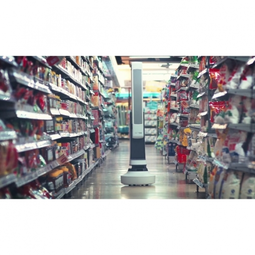Search Result.
Case Studies
78
 |
Digital Retail Security Solutions
Sennco wanted to help its retail customers increase sales and profits by developing an innovative alarm system as opposed to conventional connected alarms that are permanently tethered to display products. These traditional security systems were cumbersome and intrusive to the customer shopping experience. Additionally, they provided no useful data or analytics. |
|
Smart Pricing in Retail
A leading retailer in Europe with more than 3,500 stores and an e-commerce component was losing money due to being undercut by competitors on price. They also found that their customer base tended to wait until the end of seasons for huge markdowns and would only then buy certain seasonal products, which skewed their predictions for how to stock items in the future and perpetuated the pricing issue. In addition, they struggled to efficiently change prices and keep them consistent across stores and online - often, this resulted in inconsistent pricing, especially when individual store managers made their own decisions on sales. The retailer wanted to improve their pricing strategy by understanding what drove customer purchasing decisions for specific products and what prices would resonate best, easily understanding the price offered by all competitors in real time, and updating pricing consistently across stores and online. |
|
 |
The Retail Shelf-Auditing Robot
Full-store audits involve making sure that items are in stock, in the right place, and marked at the correct price. These tasks must be repeated over and over, typically take several hours to complete, and tend to be very inaccurate when done by humans. |
Use Cases
1
 |
Retail Store Automation
Retail store automation includes a range of solutions that automate different aspects of the retail store, including operations, checkout, consumer experience, merchandising, and planning. Fully automated stores use a variety of IoT technologies to allow customers to walk into a store, pick up the items they wish to buy, and simply walk out again. Payment is processed automatically and the customer receives a receipt on their phone as they exit the store. The technology behind fully automated stores relies heavily on full camera coverage of the store, combined with advanced computer vision and facial recognition technologies, to keep track of each individual as they move around the stores. Shelf monitoring systems monitor the goods on the shelves and makes sure that there is always sufficient inventory on the shelves. Camera Tracking and shelf monitors are synchronized so that each customer gets the right item into their virtual shopping carts. On the operational side, inventory, merchandising, and planning processes can be automated as shoppers purchase goods and inventory levels change. Robots, drones, and other similar load bearing devices can also perform some activities typically performed by store staff such as restocking shelves and providing store directions. |

